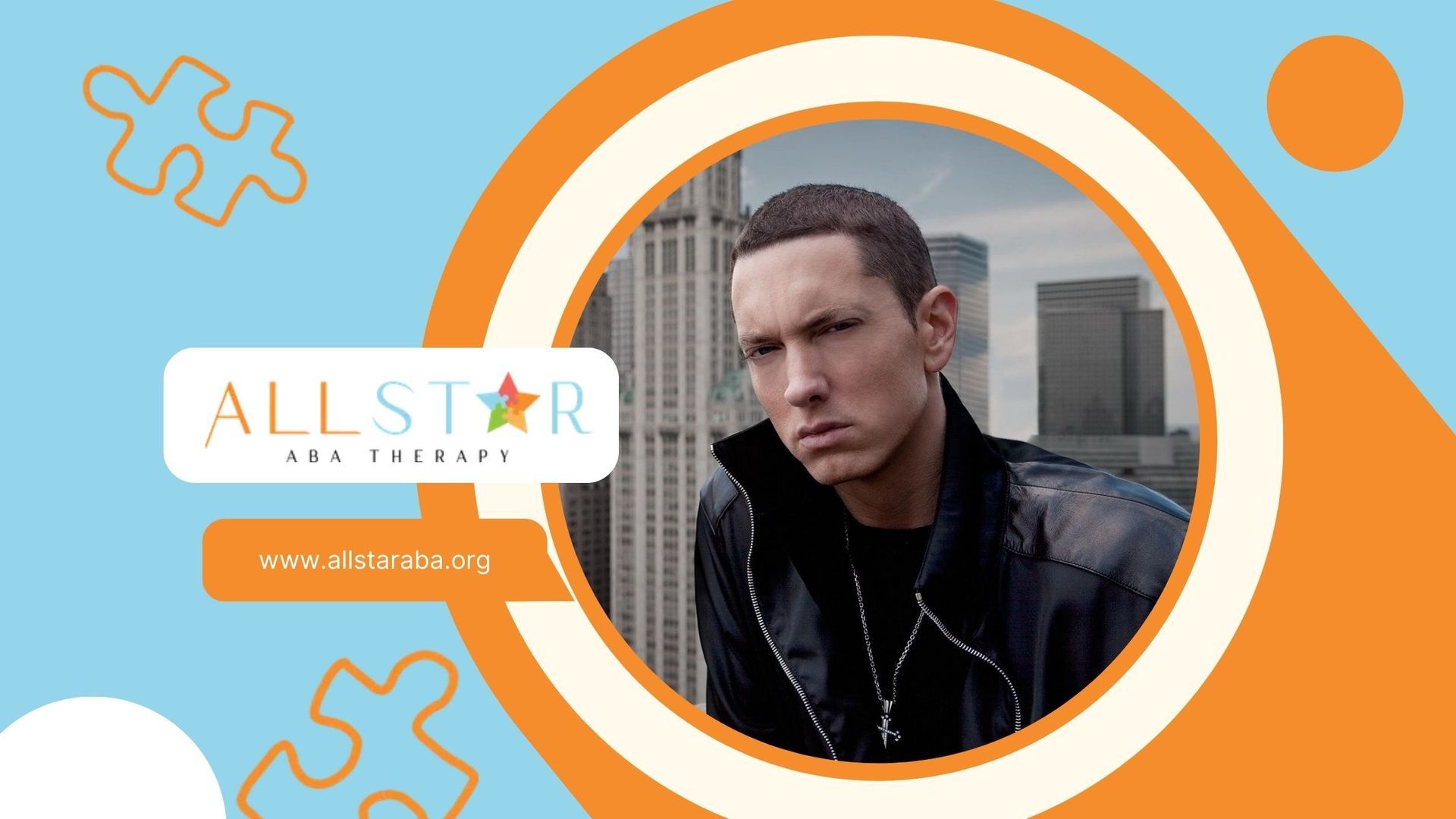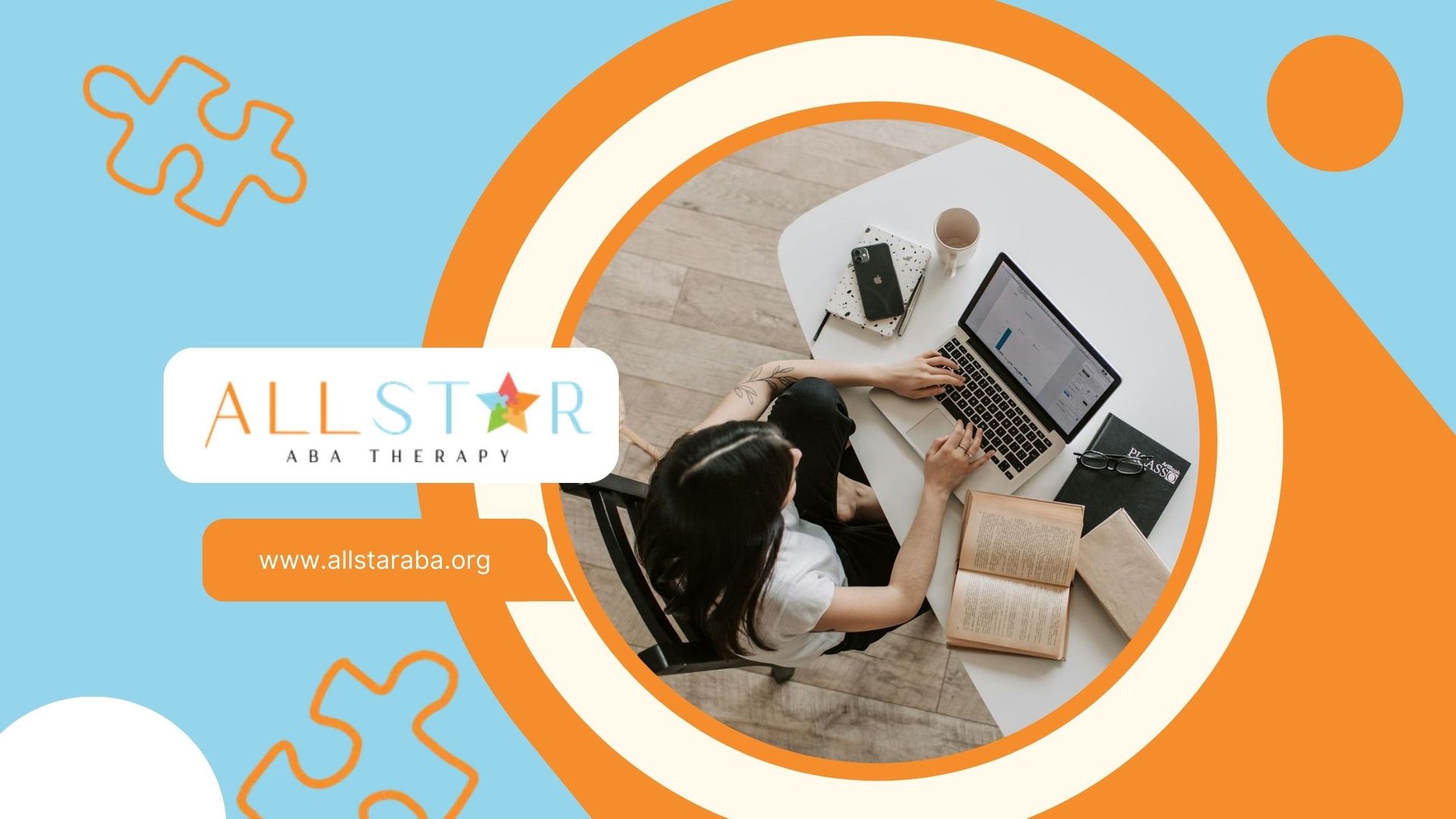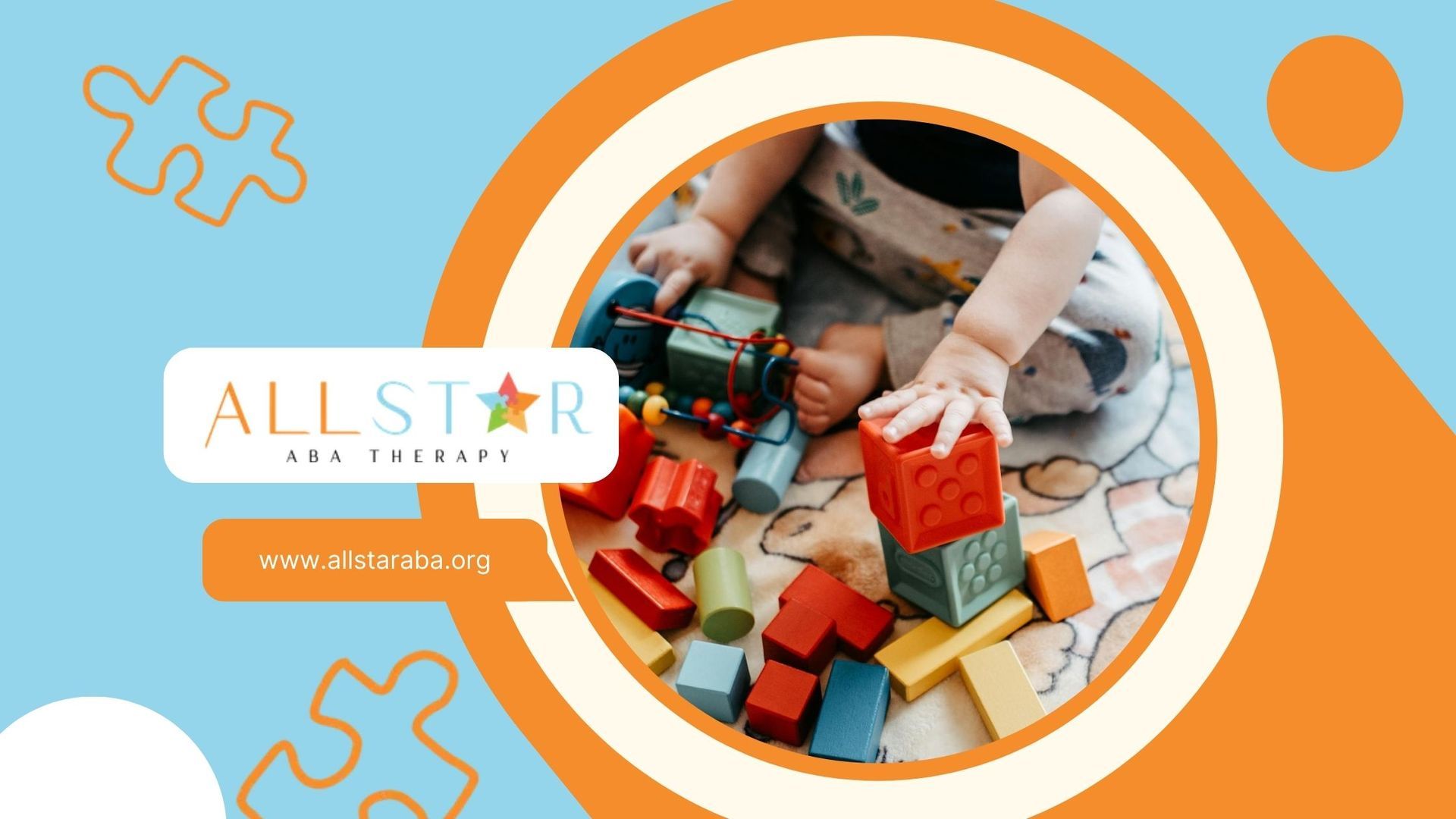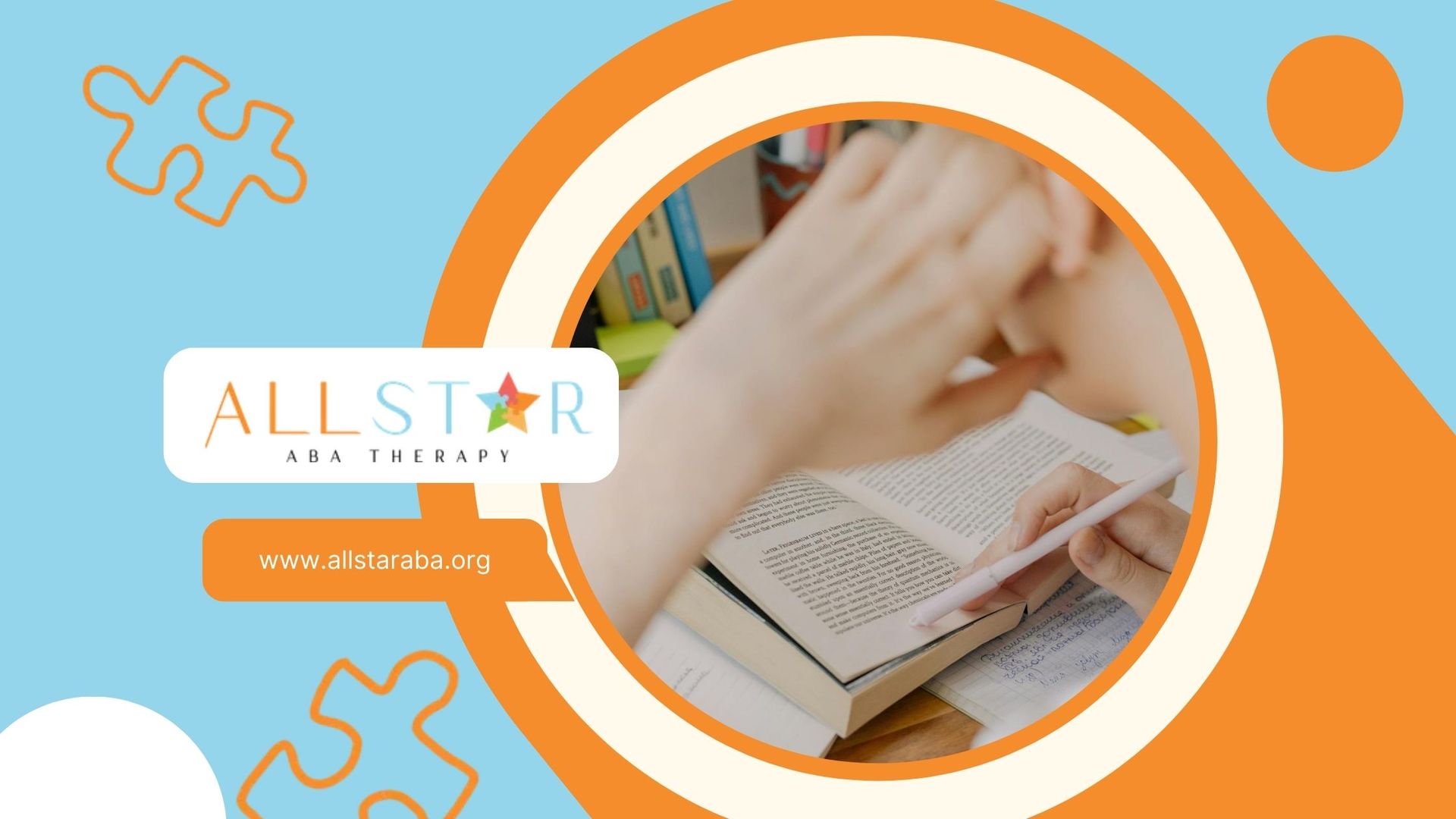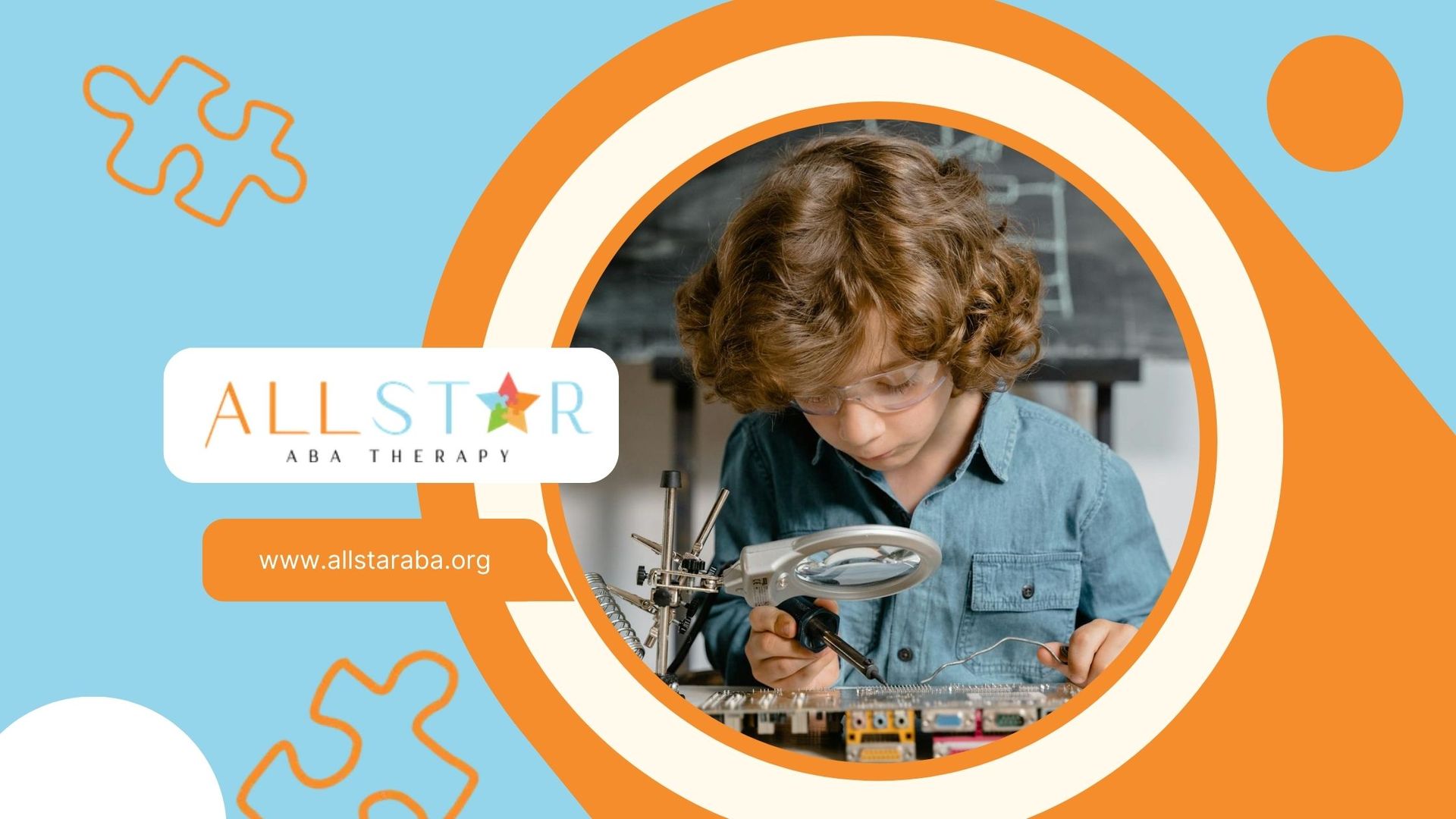New Paragraph
Tips to Managing Autism and ADHD Comorbidity
Understanding Autism and ADHD Comorbidity
Prevalence and Gender Differences
Autism Spectrum Disorder (ASD) and Attention-Deficit/Hyperactivity Disorder (ADHD) often show up together, creating unique hurdles for diagnosis and treatment. In schools, about 0.51% of kids have both autism and ADHD, with boys being more likely to have both (0.89%) compared to girls (0.16%).
Prevalence of Autism by Gender
Research shows that 30-50% of kids with autism also have ADHD, while up to 25% of kids with ADHD have autism too. This overlap makes it super important to get a good grasp on both conditions for proper diagnosis and treatment.
Co-Occurrence of Symptoms
The symptoms of autism and ADHD often mix together. Reports from parents and teachers show symptom overlap at 3.2% and 2.6%, respectively. ADHD is seen in 32.8% of autistic kids and 31.4% of those with mild ASD. On the flip side, autism shows up in 9.8% of kids with ADHD and 5.7% of those with mild ADHD.
| Condition | Comorbidity (%) |
|---|---|
| ADHD in Autistic Children | 32.8 |
| ADHD in Subthreshold ASD | 31.4 |
| ASD in Children with ADHD | 9.8 |
| ASD in Subthreshold ADHD | 5.7 |
More than half of folks with autism also show signs of ADHD, making ADHD the most common buddy condition in kids with autism. Meanwhile, up to a quarter of kids with ADHD show mild signs of autism.
Getting a handle on how often these symptoms show up together is key for parents, teachers, and healthcare pros. Spotting these conditions early can really help in managing and treating them. For more info on related conditions, check out our articles on common comorbidities with autism and autism and intellectual disability comorbidity.
Diagnosis and Early Detection
Importance of Accurate Diagnosis
Getting the diagnosis right for kids with both autism and ADHD is super important. According to PubMed, only 15.8% of children with both conditions have been correctly identified. This shows how crucial it is to catch these early and get the diagnosis spot on, so kids can get the help they need.
When doctors nail the diagnosis, they can come up with treatment plans that really work for the unique hurdles these kids face. It also helps everyone understand the child's behavior better, which can make communication smoother and life a bit easier.
Misdiagnosis Rates and Challenges
Getting the diagnosis wrong is a big problem when it comes to autism and ADHD. Studies show that ADHD is mistaken for autism in 10-20% of cases. This mix-up happens because kids with ADHD might struggle with social skills and communication, which are also signs of autism.
| Misdiagnosis Rate | Condition Misdiagnosed |
|---|---|
| 10-20% | ADHD as Autism |
| 30-40% | Autism as ADHD |
On the flip side, 30-40% of kids first thought to have ADHD actually have autism. This happens when doctors focus too much on ADHD symptoms and miss the autism traits. The symptoms of both conditions overlap, making it tough to tell them apart, which can lead to mistakes.
Some kids have both ADHD and autism. About 21% of kids with ADHD are also autistic, and around 28% of autistic kids meet the criteria for ADHD. This makes diagnosing even trickier, as doctors need to look for both conditions.
To avoid these mix-ups, doctors need to do thorough assessments that look at all the symptoms and behaviors. Getting the diagnosis right early on can really help kids with both autism and ADHD.
Shared Traits and Differences
Common Characteristics
Autism Spectrum Disorder (ASD) and Attention Deficit Hyperactivity Disorder (ADHD) can be like two peas in a pod, making it tricky to tell them apart. Both mess with the brain's wiring, affecting how folks move, talk, remember stuff, make friends, and pay attention. Here's a quick rundown of what they have in common:
- Attention Woes:
People with ASD and ADHD often have a tough time keeping their eyes on the prize. If something doesn't tickle their fancy, staying focused can be a real uphill battle.
- Impulsive Actions:
Acting on a whim is a shared trait. This might look like speaking out of turn, interrupting others, or struggling to wait patiently.
- Energy Levels: Both conditions can mess with how much get-up-and-go someone has. ADHD is famous for hyperactivity, but folks with ASD might also be bouncing off the walls or, on the flip side, feeling sluggish.
| Shared Traits | ADHD | ASD |
|---|---|---|
| Attention Woes | Yes | Yes |
| Impulsive Actions | Yes | Yes |
| Energy Levels | Yes | Yes |
Unique Features and Challenges
Even though they share some quirks, autism and ADHD have their own unique flavors, which can help in figuring out and handling each one better. These differences bring their own hurdles:
- New Thrills vs. Old Habits:
Those with ADHD often chase after new thrills, which can lead to impulsive choices and trouble sticking to a routine. On the other hand, folks with ASD usually prefer the comfort of routine, thriving in familiar settings and activities.
- Social Skills:
Both conditions come with social hiccups, but they show up differently. ADHD might cause someone to miss social cues due to impulsivity, while ASD can make understanding social norms and engaging in back-and-forth interactions a challenge.
- Focus and Attention Shifts: Kids with ADHD might have a hard time sticking to one thing, easily getting sidetracked and hopping from task to task without finishing. Meanwhile, kids with ASD might get so wrapped up in one interest that switching gears is tough.
| Unique Features | ADHD | ASD |
|---|---|---|
| New Thrills | Yes | No |
| Old Habits | No | Yes |
| Social Skills | Impulsivity | Understanding Norms |
| Focus and Attention Shifts | Easily Distracted | Overfocused |
Grasping these shared and unique traits is key to nailing down a diagnosis and managing autism and ADHD when they tag along together. For more on related topics, check out our article on autism and OCD comorbidity.
Genetic and Neurofunctional Insights
Heritability and Genetic Overlap
Autism Spectrum Disorder (ASD) and Attention Deficit Hyperactivity Disorder (ADHD) often show up together, and that's not just by chance. They share a lot of genetic similarities, which is why they frequently co-occur. Studies have shown that both conditions are highly heritable, meaning genes play a big role in their development. If you look at people with ASD, about half to 70% also have ADHD, though the numbers can swing from 10% to 90% depending on the study.
The New Jersey Language and Autism Genetics Study (NJLAGS) has been digging into the shared genetic risks for ASD and ADHD. They found some interesting links on chromosomes 12 and 17. In these areas, 36 genes were tied to ADHD, with KDM6B standing out as a gene connected to both disorders.
| Genetic Findings | Chromosomes | Genes Identified |
|---|---|---|
| NJLAGS Study | 12, 17 | 36 genes, including KDM6B |
This research backs up the idea that autism and ADHD are like two sides of the same coin when it comes to neurodevelopment. The genetic mix can also lead to other health issues, showing a range of behaviors linked to both disorders.
Neurofunctional Distinctions
Even though ASD and ADHD share some genetic roots, they have their own unique brain features. Brain scans have shown differences in how the brains of people with ASD and ADHD are wired and function. These differences help explain why each condition has its own set of challenges.
For example, folks with ASD often have unusual connections in brain areas that handle social skills and repetitive actions. On the flip side, those with ADHD usually have changes in parts of the brain that deal with focus and planning. These brain differences underline the need for specific treatments for each condition.
| Condition | Brain Regions Affected | Functional Impact |
|---|---|---|
| ASD | Social communication, repetitive behaviors | Atypical connectivity |
| ADHD | Attention, executive function | Altered brain areas |
Grasping these brain differences is key to crafting better treatments. By understanding what makes ASD and ADHD tick, professionals can better support those dealing with both.
The study also noted that both clinical and subclinical forms of autism and ADHD showed links with neurological, immune, and gut issues, which were also found to be quite heritable. Most of the overlapping health problems in autism and ADHD were due to shared genetic factors.
By digging into the genetic and brain insights of autism and ADHD, we can get a better handle on these conditions and improve how we diagnose and treat them. For more on this, check out our article on autism and epilepsy comorbidity.
Treatment Approaches
Dealing with both autism and ADHD is like juggling two balls at once, and it takes a mix of meds and other strategies to keep everything in the air. Each plan should be as unique as the person it's for, keeping in mind the shared and different symptoms of both conditions.
Pharmacological Interventions
When it comes to ADHD, meds can really help with the main symptoms. But for autism, the focus is more on tackling things like irritability and aggression. Only two meds are officially given the thumbs-up for autism: risperidone and aripiprazole.
| Medication | Approved For | Target Symptoms |
|---|---|---|
| Risperidone | ASD | Irritability, Aggression |
| Aripiprazole | ASD | Irritability, Aggression |
| Atomoxetine | ADHD | Hyperactivity, Impulsivity |
| Guanfacine | ADHD | Hyperactivity, Inattention |
Nonstimulant meds like atomoxetine and guanfacine are being looked at for both ADHD and autism. Atomoxetine is easier on the system than stimulants and helps with hyperactivity and impulsivity in kids with autism. Guanfacine also helps with hyperactivity and inattention.
But here's the kicker: ADHD meds might not work as well and could have more side effects for folks dealing with both ADHD and autism. So, keeping a close eye and tweaking things as needed is key.
Non-Medication Alternatives
Non-medication options are a big deal in handling both autism and ADHD. These include behavior therapy, skills training, and other strategies that aim to boost overall life quality.
Applied Behavior Analysis (ABA) therapy is a big hit for autism and works wonders for those with both ADHD and autism. It involves a personalized plan to tackle specific behaviors, encouraging the good stuff, and cutting down on the not-so-great behaviors.
| Therapy Type | Focus Areas |
|---|---|
| ABA Therapy | Attention Span, Organizational Skills, Social Interactions |
| Behavior Therapy | Reducing Disruptive Behaviors, Enhancing Positive Behaviors |
| Skills Training | Social Skills, Daily Living Skills |
For kids with autism, non-medication options like behavior therapy and skills training can be more effective than meds alone. These therapies work on improving social interactions, communication, and daily living skills, which are often tricky areas for those with autism.
In a nutshell, mixing meds with non-medication strategies is often the best way to handle both autism and ADHD. By focusing on what each person needs, these treatments can really help improve life overall.
Impact on Daily Life
Impairments and Psychopathology
Folks dealing with both Autism Spectrum Disorder (ASD) and Attention Deficit/Hyperactivity Disorder (ADHD) often face more hurdles than those with just one of these conditions. When these two team up, it can make everyday life trickier and bring along extra mental health challenges.
| Condition | Impairment Level | Additional Psychopathology |
|---|---|---|
| ASD only | Moderate | Moderate |
| ADHD only | Moderate | Moderate |
| ASD + ADHD | High | High |
Having both disorders can make things like socializing, schoolwork, and daily tasks tougher. People might find it hard to focus, control impulses, and read social signals, which can crank up stress and anxiety.
Challenges and Therapeutic Strategies
Tackling both autism and ADHD needs a mix of approaches. Regular treatments for one might not cut it when both are in the picture. So, it's important to find strategies that fit the unique needs of those with both ASD and ADHD.
Pharmacological Interventions
Medications for ADHD can help dial down hyperactivity and impulsiveness. But for ASD, meds mostly target symptoms like irritability and aggression. Only risperidone and aripiprazole are officially approved for ASD.
Nonstimulant meds like atomoxetine and guanfacine show promise for handling both ADHD and ASD symptoms. Atomoxetine tends to be easier on the system than stimulants, helping with hyperactivity and impulsivity in young folks with ASD. Guanfacine also helps with hyperactivity and attention issues in kids with ASD.
Non-Medication Alternatives
Besides meds, other options can be key in managing autism and ADHD together. Behavioral therapies like Applied Behavior Analysis (ABA) can help folks learn coping skills and improve social interactions. Occupational therapy can boost daily living skills and sensory processing.
| Therapy Type | Focus Area | Benefits |
|---|---|---|
| ABA Therapy | Behavioral | Better coping strategies, social skills |
| Occupational Therapy | Daily Living Skills | Improved sensory processing, daily functioning |
Educational Support
School support is crucial for kids with ASD and ADHD. Individualized Education Programs (IEPs) can offer personalized help to meet each child's needs. Things like extra time on tests, breaks during tasks, and a structured learning setup can ease the challenges these students face.
SOURCES:
https://pubmed.ncbi.nlm.nih.gov/38695661/
https://chadd.org/about-adhd/adhd-and-autism-spectrum-disorder/
https://pmc.ncbi.nlm.nih.gov/articles/PMC8918663/
https://www.autistica.org.uk/what-is-autism/adhd-and-autism
https://www.specialstrong.com/the-best-therapy-for-adhd-and-autism-a-comprehensive-guide/
https://pmc.ncbi.nlm.nih.gov/articles/PMC3441928/
Need Support?
We're Here to Help!
Our experienced team is ready to assist you. Reach out today to discuss how we can support your child's development and well-being.
Get started with expert ABA therapy today.
Related posts

All Star ABA delivers the gold standard of care, Applied Behavioral Analysis (ABA) therapy, for individuals diagnosed with ASD, from infancy to age 21.
Quick Links
All Rights Reserved | All Star ABA


